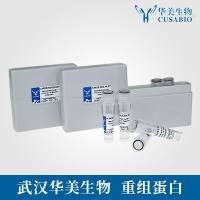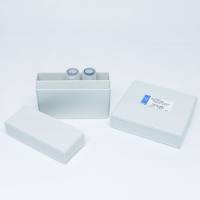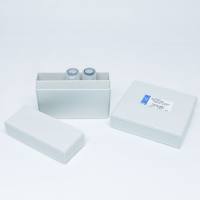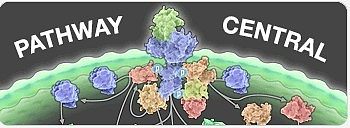Inflammation and Wound Healing in Drosophila
互联网
419
Cell motility is a widely researched and clinically relevant process that has primarily been investigated using cell culture models. While these in vitro assays are useful in allowing for high-resolution analysis of cell movement, there will always be questions surrounding the physiological relevance of studying cell migration on artificial 2-dimensional substrates. Therefore, a number of groups in recent years have started developing alternative systems, either ex vivo or in vivo, to begin extrapolating our knowledge surrounding cell motility to actual developmental and disease processes. One such example exploits the translucence of Drosophila embryos, and the genetic tractability of this well-characterized model organism, to understand the cellular and molecular events surrounding inflammation and wound healing. Laser ablation of a small patch of embryonic epithelium in the Drosophila embryo results in a repair process that can be timelapse imaged in its entirety as the epithelial hole is sealed shut. Additionally, Drosophila macrophages can be imaged as they rapidly respond and chemotax to these sites of damage in a process reminiscent of the vertebrate inflammatory response. In both cases the imaging is of a spatial and temporal resolution approaching that which can be obtained from in vitro systems, making the Drosophila embryo an ideal model to begin dissecting the genetic control of cell migration during wound healing and inflammation in an in vivo setting.









